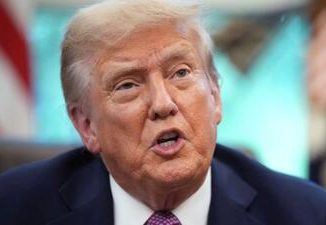
| Published April 30, 2025
Amazon found itself at the center of a political and economic controversy after reports surfaced suggesting the company planned to display U.S. import tariffs alongside product prices on its platform. The White House swiftly condemned the alleged move, labeling it a “hostile and political act,” leading to a notable dip in Amazon’s stock price.
Amazon’s Alleged Tariff Display Plan
The controversy began when Punchbowl News reported that Amazon intended to show the portion of a product’s price attributable to President Donald Trump’s tariffs directly next to the total listed price. This initiative was reportedly aimed at informing customers that cost increases were due to the administration’s trade policies.
In response, White House Press Secretary Karoline Leavitt criticized the move, questioning why Amazon hadn’t implemented a similar feature during previous administrations. She stated, “Why didn’t Amazon do this when the Biden administration hiked inflation to the highest level in 40 years?”
Amazon later clarified that the idea was considered only for its low-cost Amazon Haul store and was never approved or implemented on any of its platforms. A company spokesperson emphasized, “This was never a consideration for the main Amazon site and nothing has been implemented on any Amazon properties.”
Market Reaction and Political Implications
Following the White House’s condemnation, Amazon’s shares fell over 2% in premarket trading. Analysts noted that the administration’s public criticism of a major U.S. company added to political risk factors affecting financial markets.
The incident underscores the heightened tensions between the federal government and major corporations amid ongoing trade disputes and economic policy debates. It also highlights the challenges companies face in navigating political sensitivities while attempting to maintain transparency with consumers.





Be the first to comment